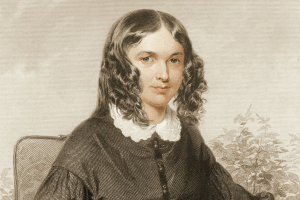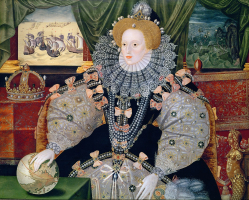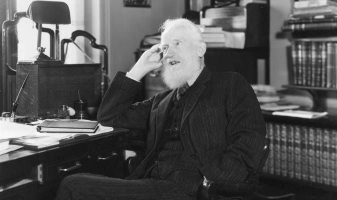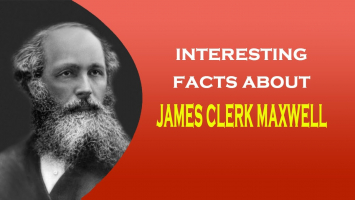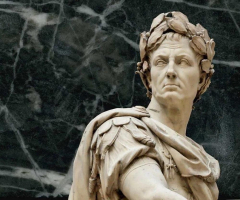Top 9 Interesting Facts about Elizabeth Cady Stanton
Elizabeth Cady Stanton (1815-1902) was never able to cast a vote legally, though she helped secure that right for women across America. As the philosopher of ... read more...the women’s rights movement in 19th-century America, she expressed what she felt regardless of what others might think. Read on for more facts about one of the most important women in history.
-
Daniel Cady, the father of Cady Stanton, was a judge on the New York Supreme Court as well as a member of Congress and the New York State Assembly. Eleven children were born to him and his wife Margaret; five daughters—including Elizabeth—and one son would live to adulthood. Elizabeth's father allegedly stated to her, "Oh my daughter, I wish you were a boy," when her brother Eleazar passed away at age 20.
In Elizabeth Cady Stanton: An American Life, Lori D. Ginzberg writes that her father may have been lamenting the difficulties she would face as a woman, but Elizabeth responded by devoting herself to learning Greek, chess, and horse riding, vowing "to make her father happy by being all a son could have been." When his intelligent and assertive daughter expressed disappointment that one of his female clients could not be helped by the law, Daniel Cady gave her advice: "When you are grown up and able to prepare a speech, you must go down to Albany and talk to the legislators," he said. "The old laws will be a dead letter if you can get them to pass new laws."
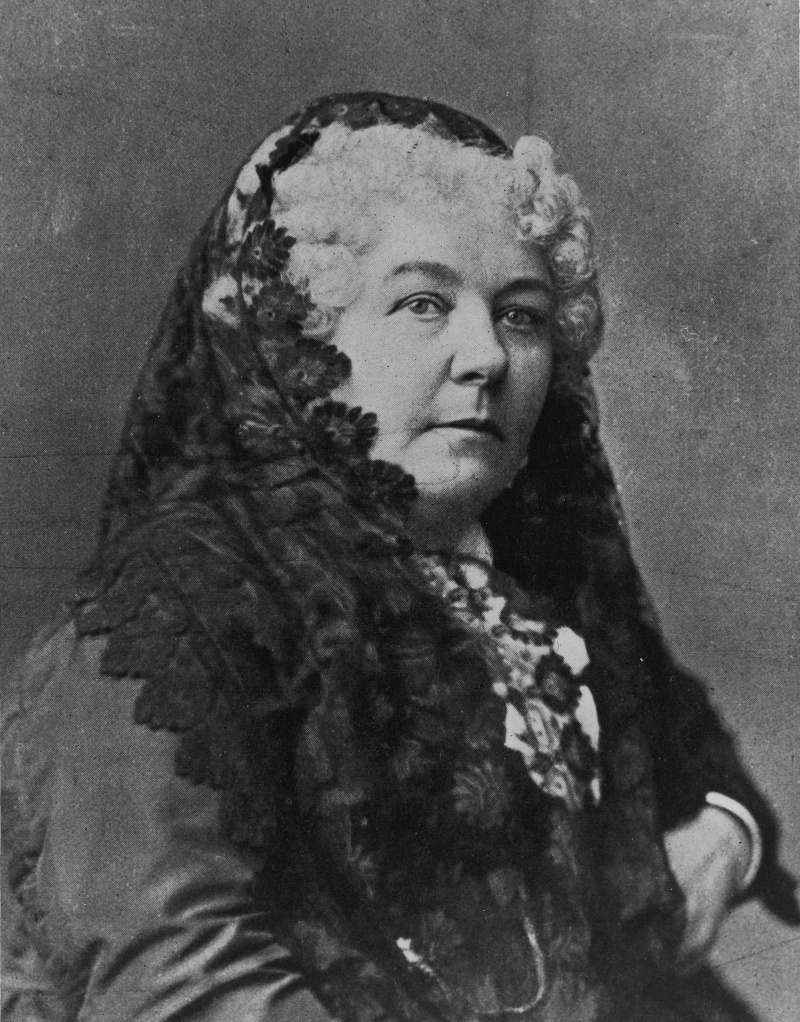
Source: History 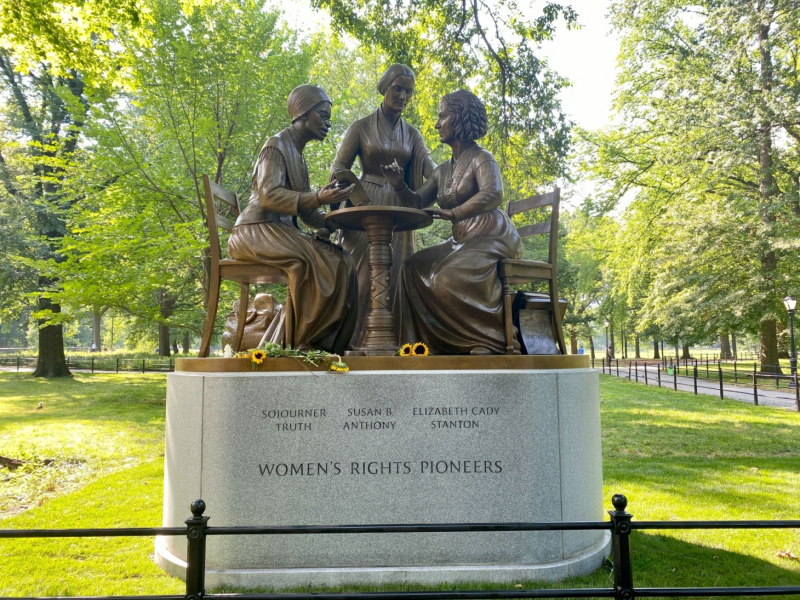
Source: Hyperallergic -
Elizabeth wed Henry Stanton in 1840, a well-known abolitionist and member of the New York Anti-Slavery Society. Following their nuptials, the newlyweds traveled to London for the World Anti-Slavery Convention, where Henry was a delegate and Elizabeth was compelled to sit in the rear of the lecture hall with other female attendees. She met feminist Lucretia Mott there, who agreed with her support of the rights of African Americans and women.
Elizabeth was in her twenties when she met her future husband, Henry Brewster Stanton, who was a visitor in the home of her reform-minded cousin Gerrit Smith. Elizabeth's life was completely turned upside down by Stanton, a representative of the American Anti-Slavery Society and a persuasive orator who called for the immediate abolition of slavery.
They wed in 1840 against her parents' wishes and left right away for London for the World's Anti-Slavery Convention. The conference there forbade the seating of female American delegates. One was just as imposing as Stanton's mother, despite being short, slight, and kind-hearted. The Hicksite Quaker preacher Lucretia Mott "opened to a new universe of ideas" through her agitation for women's rights, religious freedom, and other changes.
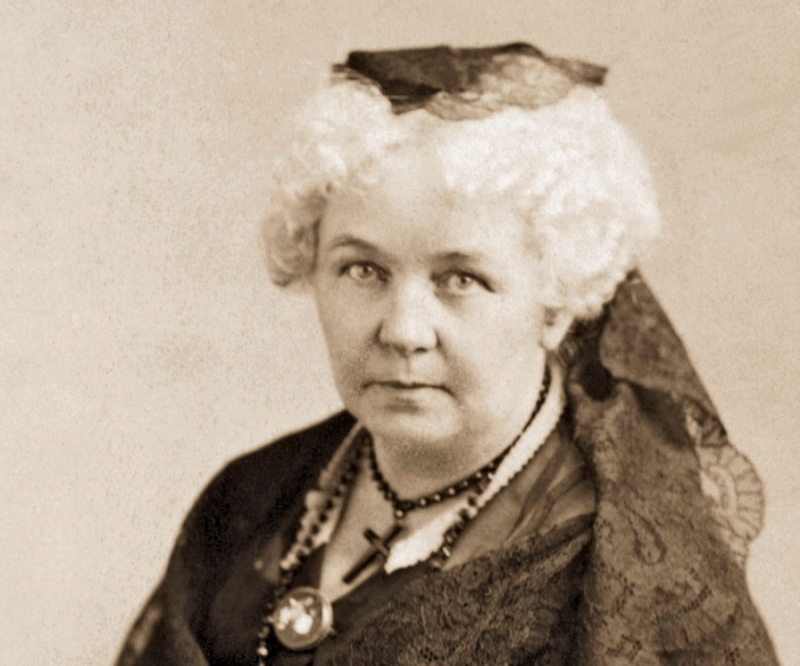
Source: Famous People 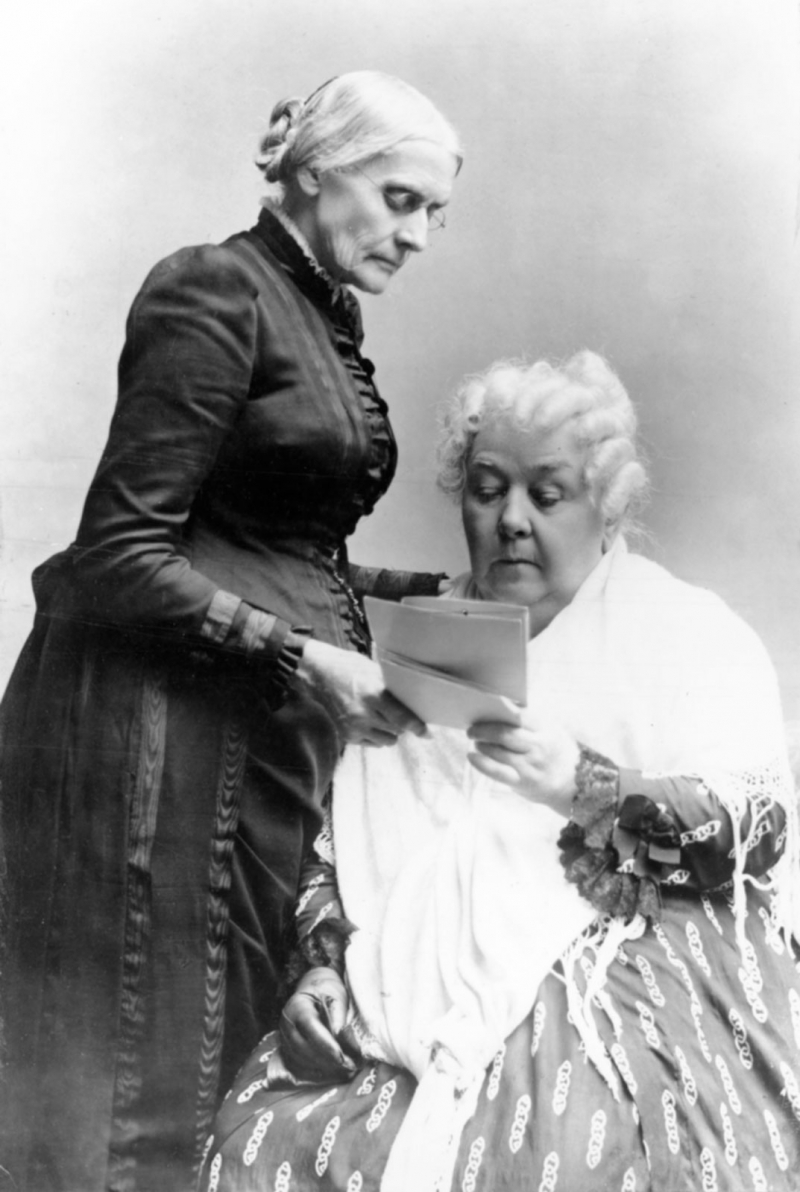
Source: motherlode.tv -
The Boston event typically comes to mind when you think of a significant tea party, but there was at least one other tea-related gathering that was equally significant.
On July 9, 1848, Jane Hunt, a rich Quaker committed to social change, called Cady Stanton and three other women to her home in Waterloo, New York. The other ladies were Lucretia Mott, her sister Martha Wright, and Mary Ann McClintock. They talked about how women couldn't vote or own property, as well as how the Quaker religion stayed out of the anti-slavery and women's rights movements. It was resolved then and then to host a meeting to promote women's equality, albeit it is unknown who had the first idea.
Both women resisted being silenced, and several of the movement's more powerful men joined them. But ultimately, they were made to watch from the sidelines, embarrassed and enraged. Stanton wrote, "Mrs. Mott and I agreed to organize a convention as soon as we returned home, and to form an organization to advocate for the rights of women. As we went home arm in arm, remarking on the happenings of the day." But until Hunt invited them over for tea, Mott and Stanton had never had the chance to sit down together. The moment they did, their life's unhappiness erupted.
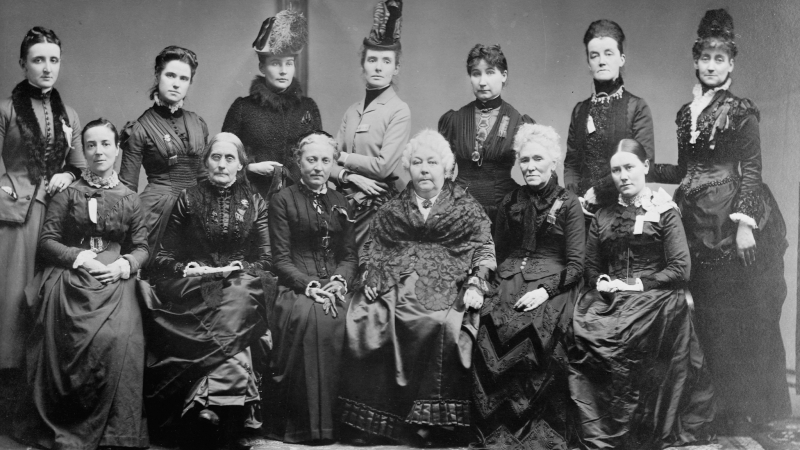
Source: christinapaschyn.com 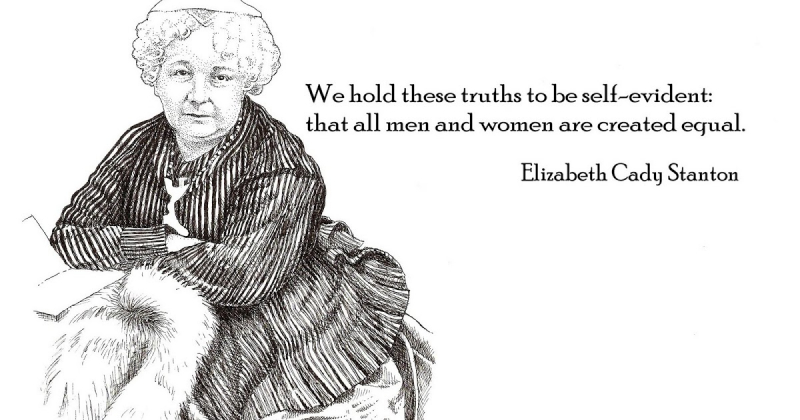
Source: blogspot.com -
"A Convention to Discuss the Social, Civil, and Religious Condition and Rights of Women" was announced by Cady Stanton, Mott, and their associates. In the ten days following the tea party, more than 300 people showed up (also known as the Seneca Falls convention). The first day, scheduled for July 19, was an all-women debate, while July 20 was a public day. Stanton was also introduced to a new world of activism by Mott and her large network of Quaker and anti-slavery allies at the First Woman's Rights Convention, including the M'Clintocks, Hunts, Posts, deGarmos, and Palmers. They tried to fulfill the Declaration of Sentiments' mandate to "hire agents, circulate pamphlets, petition the State and national Legislatures, and seek to enlist the clergy and the press" between 1848 and 1862.
Between 1850 and 1862, they formed, wrote to, or attended national conventions in Rochester, Westchester, Pennsylvania, and Syracuse. Stanton met Susan B. Anthony, started wearing the Bloomer costume, and penned essays about divorce, property rights, and temperance. She and Anthony were honing their methods by 1852 such that she could write the speeches and he could deliver them. She spoke at the Albany New York State Woman's Rights Convention in 1854 and discussed the legal limitations that women faced at the time. Her speech was printed, published, distributed as a tract, and it was also handed to legislators in the New York State legislature. Despite the failure of an 1854 campaign, 1860 saw the passage of a complete overhaul of the rules governing women. By 1862, most of the reforms were repealed. The Stantons moved from Seneca Falls to New York City in 1862, following a federal appointment for Henry Stanton.
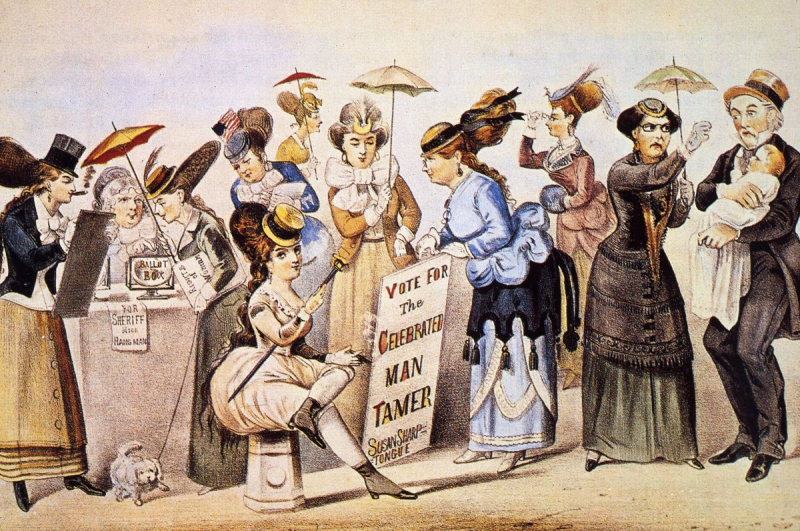
Source: Pinterest 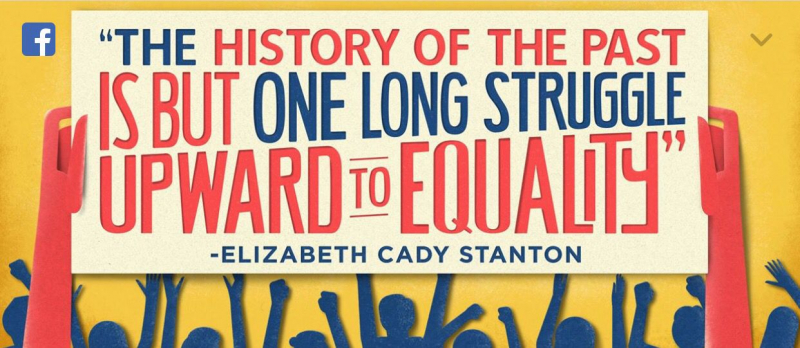
Source: Pinterest -
In reaction to the proposed 15th Amendment, Cady Stanton and Anthony also established the National Woman Suffrage Association in 1869. Ginzberg asserts that after the Civil War, when Congress discussed liberated slaves' voting rights, feminists were presented with a decision. Ginzberg told NPR that there was a debate among abolitionists—among whom Stanton counted herself—over whether to support a 15th Amendment giving black males the right to vote or to hold out for a suffrage amendment giving all adult Americans the right to vote.
"Stanton and her friend Susan B. Anthony stood on what they believed to be the highest moral ground by demanding universal human rights for all and—historians have debated this ever since—not being willing to sacrifice women's rights for the politically expedient challenge of gaining rights for black men," according to the article. The 15th Amendment, giving men the right to vote regardless of “race, color, or previous condition of servitude,” was ratified in 1870. Women did not end up achieving the franchise until 1920.
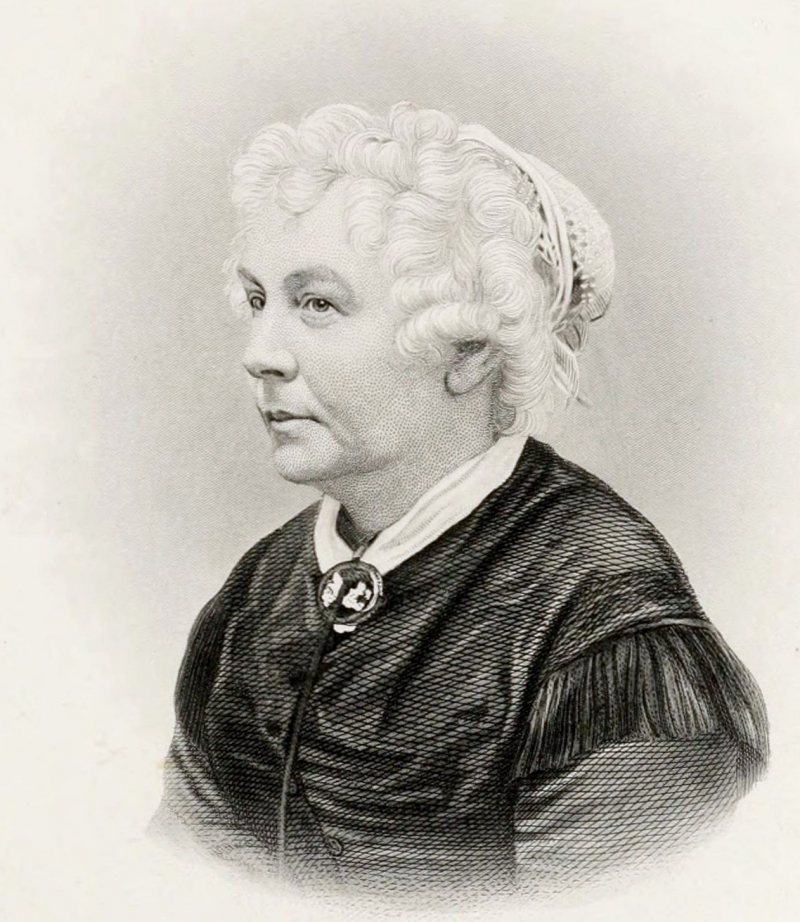
Source: History 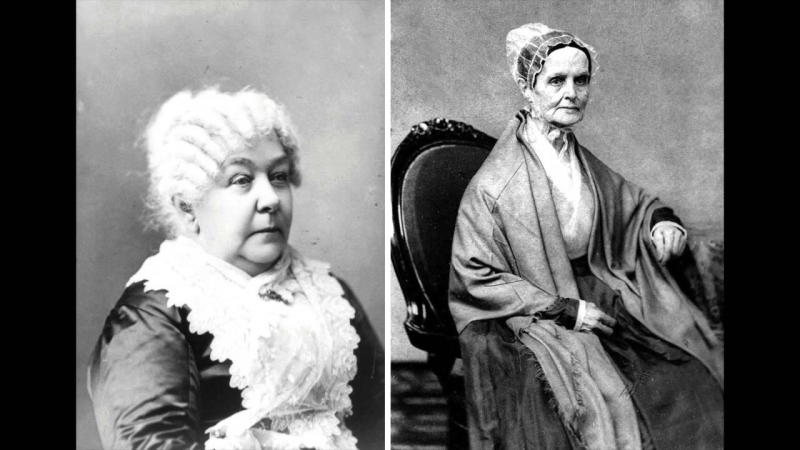
Source: YouTube -
Cady Stanton aimed to change the fact that women may run for public office despite being unable to vote. She was the first woman to run as an independent from New York for the U.S. House of Representatives in 1866. When she declared her intention to run, she was aware that she was breaking new ground. She wrote in a letter, "My creed is free speech, free press, free men, and free trade—the cardinal points of democracy. We have no political precedents to recommend for your support."
She only earned 24 of the 12,000 votes cast, which may have been a reflection of the fact that women were not allowed to vote, but her fearless campaign undoubtedly encouraged others. Victoria Woodhull ran for president for the first time six years later. It wasn’t until 1916 that a woman, Rep. Jeannette Rankin of Montana, was elected to Congress.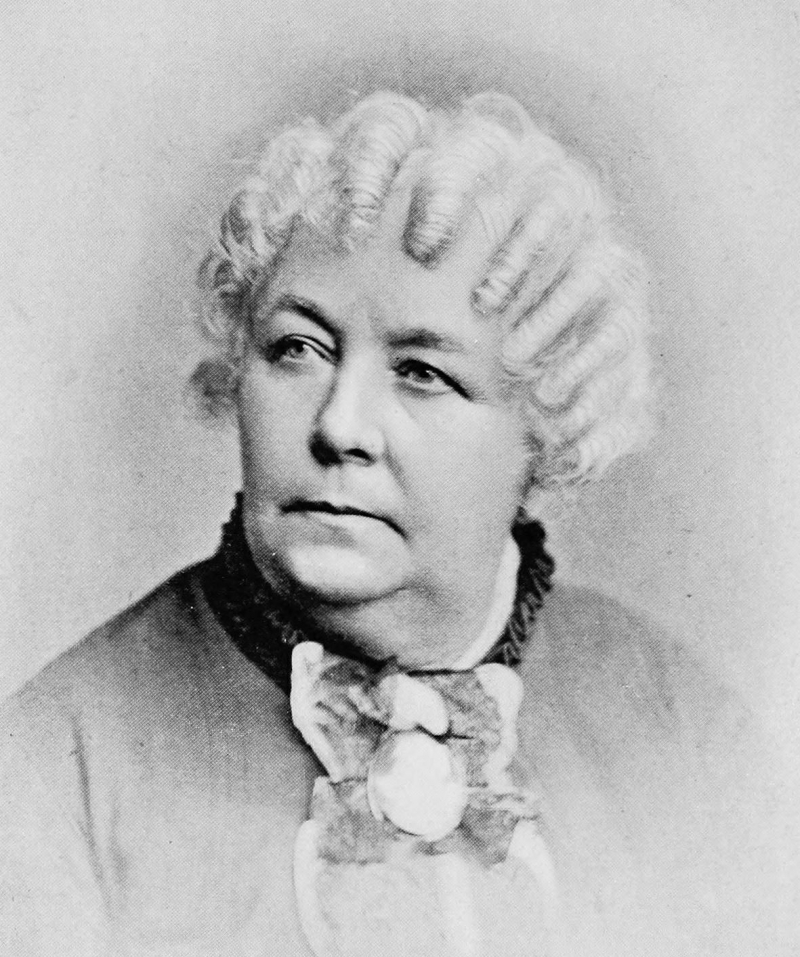
Source: Britannica 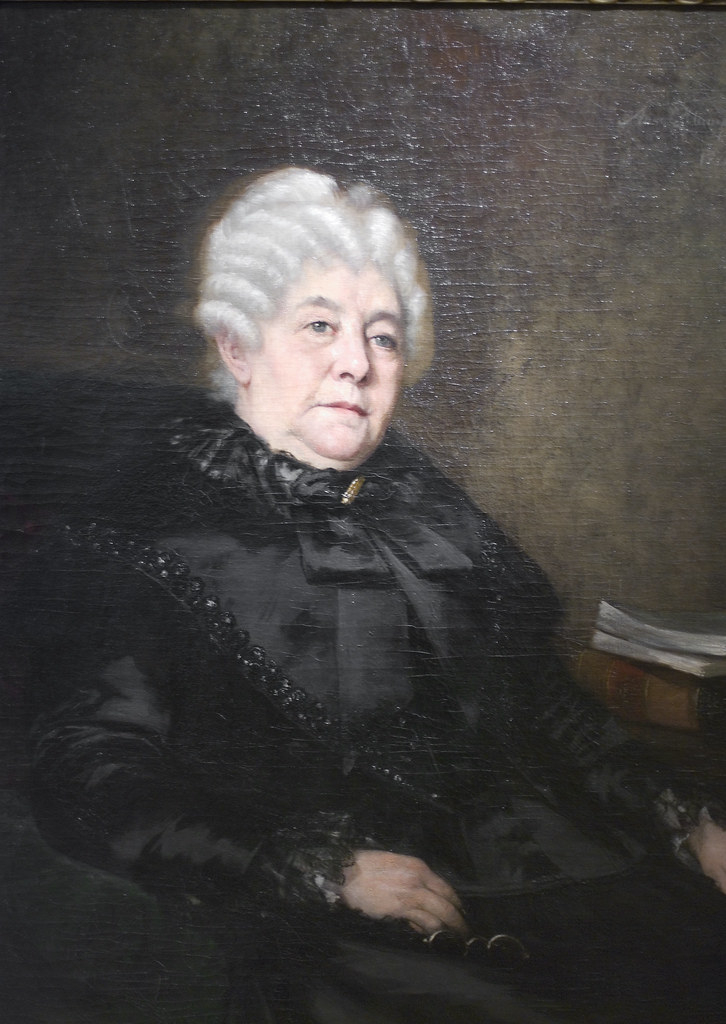
Source: Flickr -
Stanton and the women's movement fell out over her 1895 book The Woman's Bible, which attacked how religion portrayed women as inferior to men. The Bible, according to Cady Stanton, "teaches the subordination and degradation of women," and equality demands that its lessons be revised. Anthony believed it was more crucial to include individuals of all religions in the fight for the right to vote. The debate caused the book to become a bestseller. A group of volunteers transformed this book from its physical edition to its digital version. It may be available online for free. Wireless delivery is included with the purchase of the Kindle edition.
The Woman's Bible is a two-part non-fiction book that Elizabeth Cady Stanton co-wrote with a committee of 26 women and was released in 1895 and 1898. Its goal is to challenge the conventional theological orthodoxy that woman should be obedient to man. Stanton wrote the book with the intention of advancing a radical freeing theology that placed a strong emphasis on personal growth. At its release, the book sparked a significant deal of debate and hostility.
The publishing of The Woman's Bible was opposed by many of the women's rights activists who collaborated with Stanton because they believed it would undermine the movement for women's suffrage. To the dismay of suffragists who collaborated with Stanton within the National American Woman Suffrage Association (NAWSA), it became a popular best-seller while never being acknowledged as a major work by Bible scholars. Although Susan B. Anthony attempted to pacify the younger suffragists, they publicly condemned the book and moved to separate the suffrage movement from Stanton's broader agenda, which included criticism of conventional religion. The publication of the book ultimately ended Stanton's influence in the suffrage movement due to the overwhelming unfavorable response, including that of suffragists who had been close to her.
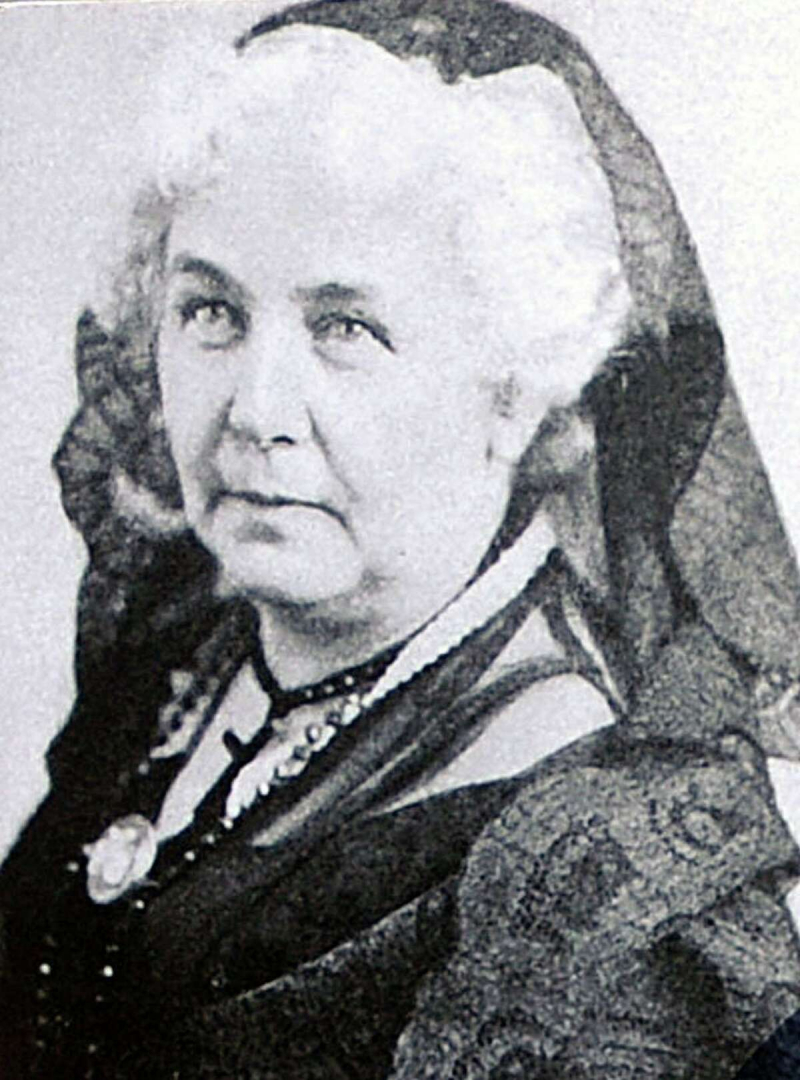
Source; newmilfordspectrum.com 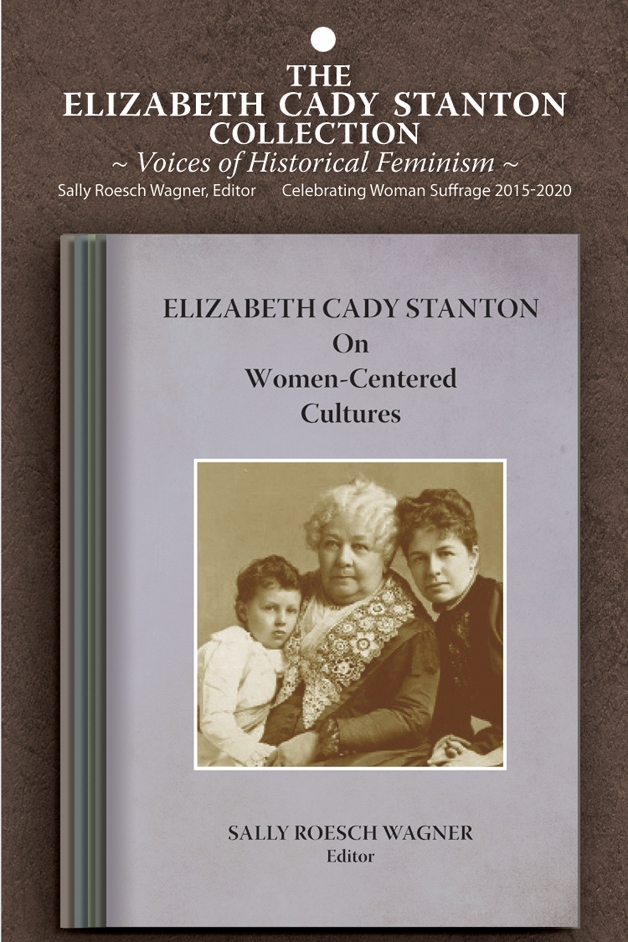
Source: syracuseculturalworkers.com -
"A woman needs a man like a fish needs a bicycle," reads a feminist catchphrase from the 1970s. A bicycle in Cady Stanton's era made it possible for a woman to travel without the assistance of a male. By the 1890s, biking had gained popularity and had come to symbolize the contemporary lady of the late 19th century, free from constrictive societal and marital expectations.
The bicycle, according to an 80-year-old Stanton who spoke to The American Wheelman magazine, "would inspire women with more courage, self-respect [and] self-reliance," ultimately leading to women's suffrage. She is attributed for saying "woman is riding to suffrage on the bicycle," along with Susan B. Anthony. They could see beyond the convenience of getting from point A to point B: Bikes symbolized a new freedom for women.
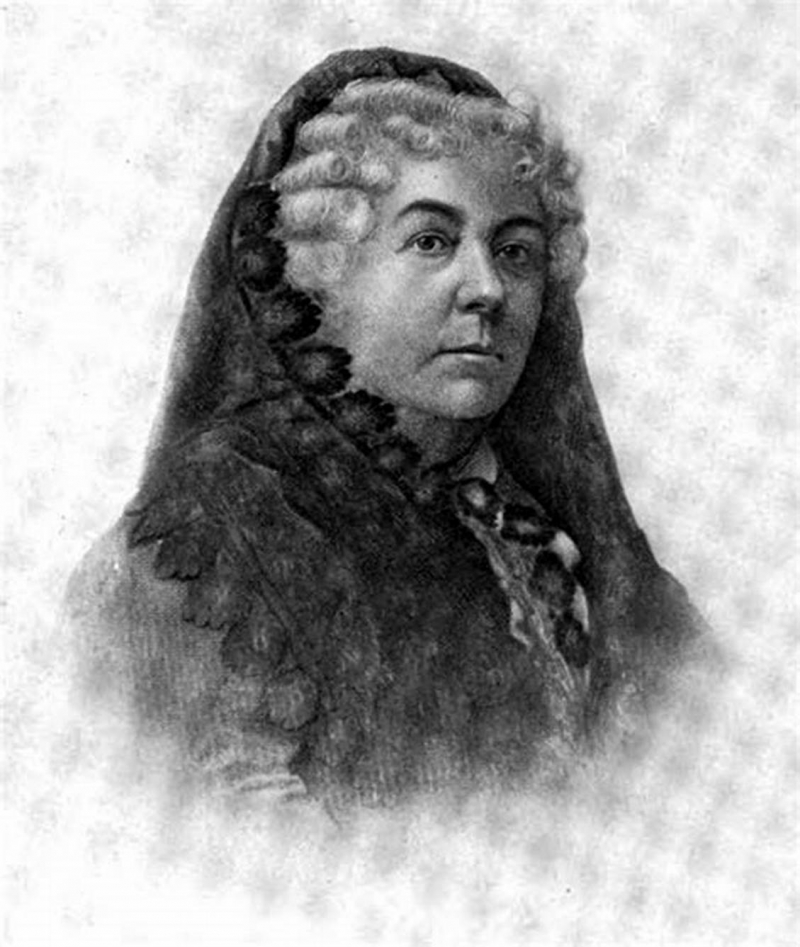
Source: tscpl.org 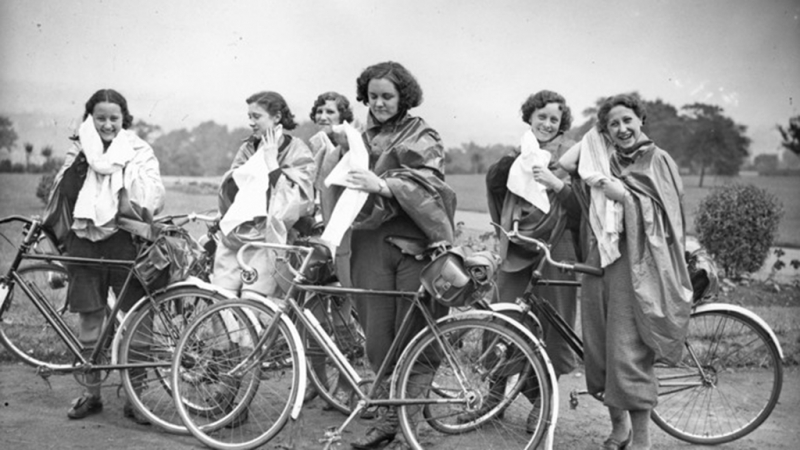
Source: bikesmakelifebetter.com -
Just before turning 87, Cady Stanton passed away in 1902. Susan B. Anthony cried out in pain. She told the obituary writer for The New York Times, "I am too broken to talk. But Cady Stanton made an effort to make sure that she would continue to support concerns for women beyond her own passing. Her fellow suffragist companion Helen Gardener persuaded her to donate her brain to Cornell University so that researchers would have a distinguished female brain to contrast with distinguished male brains.
Gardener made her wishes known to the public after Stanton had informed her family of her plan. Cady Stanton "thought that a brain like hers would be helpful for all time in the record it would provide the world, for the first time—the scientific record of a thinker," according to Gardener among women,” Kimberly A. Hamlin writes in From Eve to Evolution: Darwin, Science, and Women’s Rights in Gilded Age America. Cady Stanton’s family, however, refused to believe she had agreed to the plan, and the brain was buried with the rest of her in the Bronx’s Woodlawn Cemetery.
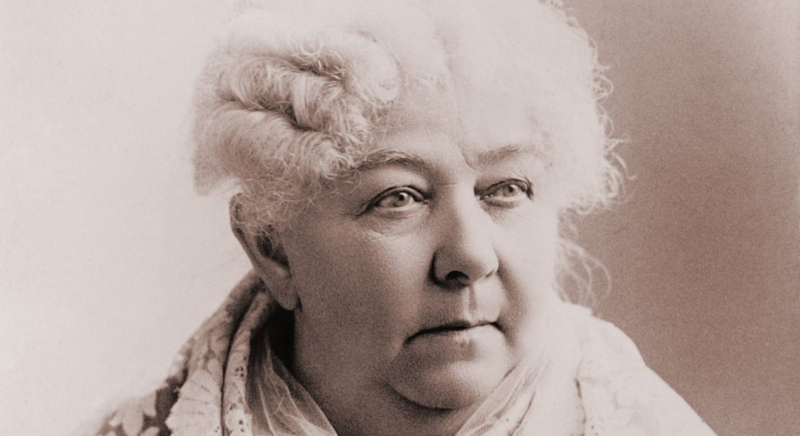
source: mediarichlearning.com 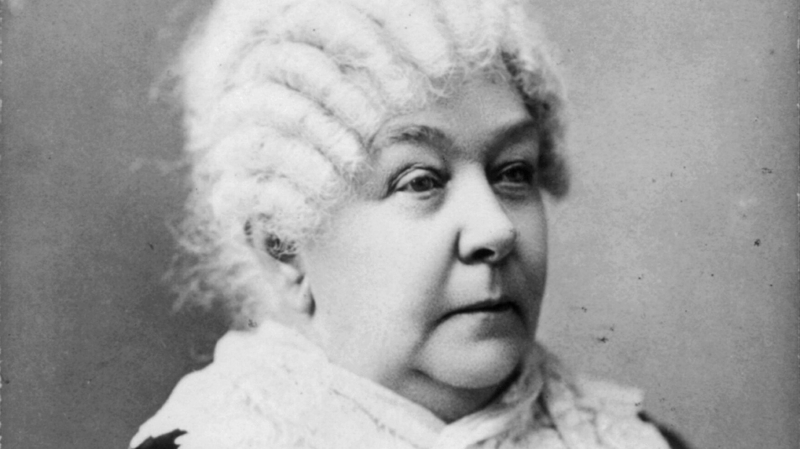
Source: Mental Floss











